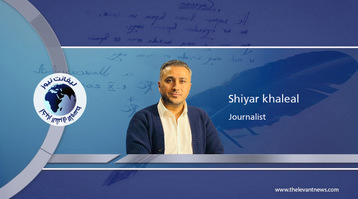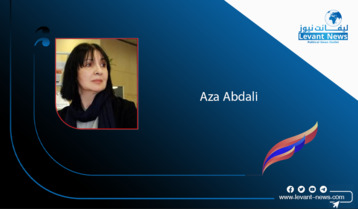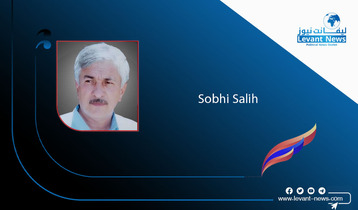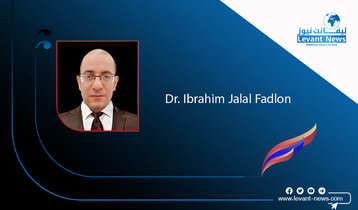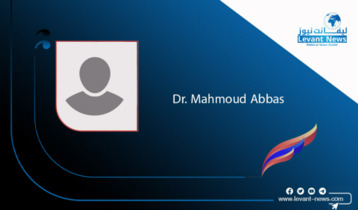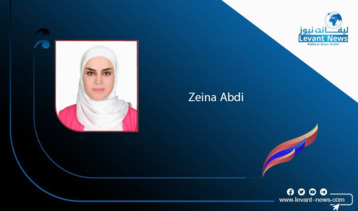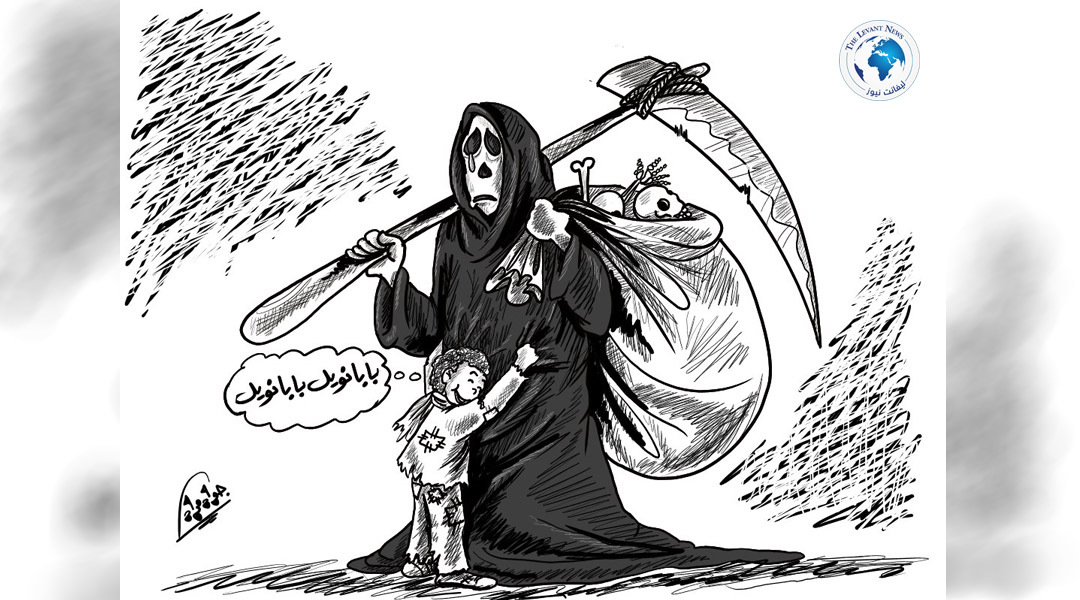-
The Iranian People Between the Anvil of Tyranny and the Hammer of Western Conspiracy
-
An Outlook on the Future and Possible Options for Change in Iran
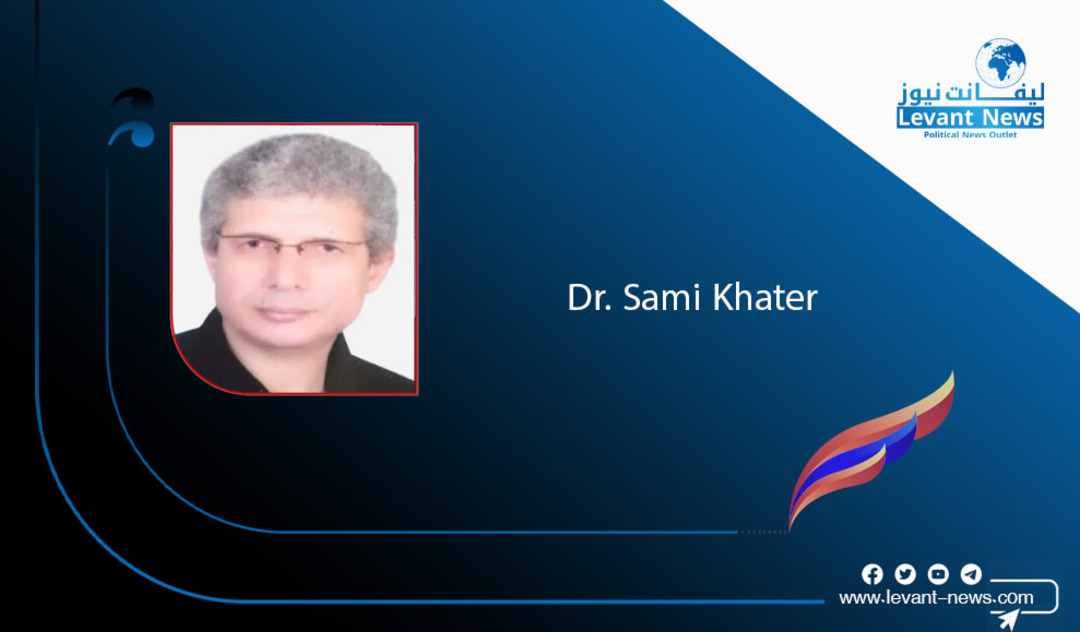
Over more than a century, colonial Western powers imposed dictatorial, racist regimes on the Iranian people under the guise of the monarchy. In response, the Iranian people have engaged in continuous struggle and armed resistance, a spirit and culture that still persists today among the people and the resistance movements. The National Liberation Army embodied this resistance legacy, and today, units affiliated with the People's Mujahedin Organization of Iran follow in their footsteps. Iran has been experiencing rising unrest for yearsreflected in repeated popular protests, increasing demands for change, and deepening crises between the ruling regime and the Iranian populace, especially among youth and women.
In light of these developments, it is now essential to envision Iran’s future amid both internal and international changes, exploring the possible options for transformation that could open the way toward establishing a democratic state—one that respects human rights and neighboring relations under the umbrella of a unified homeland with organized, deep-rooted resistance and a program that meets the aspirations of all components of the Iranian people.
Analysis and Perspective
Iran faces multiple challenges, foremost among them political repression, restrictions on freedoms, corruption, and economic collapse driven by political and administrative corruption. International sanctions, meanwhile, have primarily affected the general population. These crises have spurred widespread protests, such as the 2019 uprising and the 2022 "Women, Life, Freedom" movement, which marked a turning point in Iranian society’s awareness and aspirations.
Despite the regime’s brutal security grip, the reality suggests that the current situation is no longer sustainable. Several future scenarios are conceivable: some may involve internal stagnation—an attempt by the mullahs to deceive citizens through superficial reforms—while others could see a gradual transformation under internal and external pressures, perhaps under what is called the reformist trend. This scenario, supported by Western colonial powers, is rejected by the Iranian people, who have already rejected both extreme factions and the failed reformist leaders after decades of damaging deception. These reforms are likely to remain superficial and deceptive, akin to past false promises, as genuine change is more likely to occur through a popular revolution—an increasingly probable scenario given ongoing protests, rising political awareness, and an organized political alternative like the National Council of Resistance of Iran and the MEK.
An internal collapse of the regime—whether due to cracks within its pillars or a comprehensive economic breakdown—could create a political vacuum that might be filled by organized civil forces. However, this possibility is unlikely, as many of those forces are either controlled by the regime itself.
**International Intervention:**
It is also possible that the international community could play a role in supporting a political transition, especially since major powers often pursue firm policies supporting change. Nonetheless, such support may not be genuinely democratic, especially if it involves backing a candidate like the son of the ousted Shah, who has not been held accountable for his father’s and his regime’s crimes against tens of thousands of victims and their families. Such a choice would almost inevitably prolong the current regime’s survival among certain factions and allow it to manipulate public opinion by supporting Western-backed change scenarios that aim to install a new, more brutal dictator—worse than his predecessor.
**The Regime of the Mullahs:**
The oppressive regime of the mullahs is unlikely to offer effective solutions, which will only deepen protests and unrest, possibly escalating into broader civil disobedience and more violent confrontations. The most probable and feasible option remains revolutionary change—the people’s uprising leading to the collapse of the current regime and the establishment of a new one. Such a scenario is both plausible and desirable, and it aligns with the best interests of the Iranian people.
The Role of Resistance and the Third Option
Given distrust in the regime’s internal reform capacity, the importance of what is called the "Third Option" increases—an idea promoted by Mrs. Maryam Rajavi, President-elect of the Resistance. This option involves ending the policy of appeasement and concession, halting wars, and supporting change driven by the people and resistance forces to establish a democratic, non-nuclear republic, based on the separation of religion and state, gender equality, and respect for minority rights. These principles enjoy broad support across all segments of Iranian society, both inside and outside the country.
In Conclusion:
Iran’s future will not be shaped by top-down decisions or half-measures, but by the will of the people—who have repeatedly demonstrated that they refuse humiliation and repression. The road to change is undoubtedly arduous, but the rising popular will and an organized, capable democratic alternative make genuine transformation in Iran not just a dream, but an achievable goal.
Dr. Sami Khatir
Tags
You May Also Like
Popular Posts
Caricature
opinion
Report
ads
Newsletter
Subscribe to our mailing list to get the new updates!

